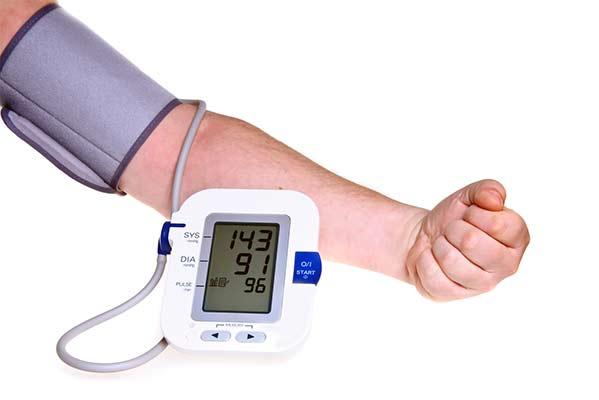According to the American Heart Association, about 1 of every 2 of U.S. adults has high blood pressure, or hypertension. More than one in three adults with high blood pressure might not know they have it. High blood pressure is defined as having a systolic pressure (the top number in a reading) of 130 mm Hg or higher, or a diastolic pressure (the bottom number) of 80 mm Hg or higher.
"Most hypertension is diagnosed and treated based on blood pressure measurements taken in a doctor's office, even though the U.S. Preventive Services Task Force and the American Heart Association recommend that blood pressure measurements be taken outside of the clinical setting to confirm the diagnosis before starting treatment," said lead study author Beverly Green, M.D., M.P.H., senior investigator and family physician at Kaiser Permanente Washington Health Research Institute and Kaiser Permanente Washington in Seattle. "It is the standard that blood pressure monitoring should be done either using home blood pressure monitoring or 24-hour ambulatory blood pressure monitoring prior to diagnosing hypertension."
24-hour ambulatory blood pressure monitoring devices, worn day and night to take continuous blood pressure readings, are generally considered the "gold standard" for out-of-office measurement to determine a diagnosis of high blood pressure. However, blood pressure measured on a home device, with a traditional blood pressure arm cuff, can be a more practical and convenient approach.
Green and colleagues studied adherence and acceptability of different blood pressure measuring methods among 510 adults who had elevated blood pressure yet had not been diagnosed with high blood pressure. They were participants in the Blood Pressure Checks for Diagnosing Hypertension (BP-CHECK) trial. Participants in the study were an average age of 59 years old; 75% were non-Hispanic white, 7% African American, 6% Asian, 5% Hispanic white and 7% other; half were male; and the average blood pressure was 150/88 mm Hg. None of the participants were taking blood pressure-lowering medications.

Participants were randomly assigned to one of three groups for determining a new diagnosis of hypertension: clinic measurements, home monitoring or kiosk blood pressure monitoring.
Those in the group for clinic measurements were asked to return to the clinic for at least one additional blood pressure check, as is routine in diagnosing hypertension in clinical practice. The home group received home blood pressure machines, were trained to use them and were asked to take their blood pressure twice a day with two measurements each time, for five days, for a total of 20 measurements. The kiosk group was asked to take their blood pressure at a kiosk in their clinic or at a nearby pharmacy on three separate days, with three measurements each time, for a total of nine measurements. All participants were asked to complete their group-assigned diagnostic regimens within 3 weeks, and then to complete 24-hour ambulatory blood pressure monitoring. Researchers compared adherence to and the acceptability among each diagnostic method.
They measured adherence to monitoring by noting the percent of individuals in each group who completed their assigned measurement method as instructed. They measured acceptability with questionnaires.
Researchers found:
"Home blood pressure monitoring was the most preferred option because it was convenient, easy to do, did not disturb their daily personal or work routine as much, and was perceived as accurate," Green said. "Participants reported that ambulatory blood pressure monitoring disturbed daily and work activities, disrupted sleep and was uncomfortable."
When asked which diagnostic testing regimen they would prefer, more than half chose home blood pressure monitoring, especially if they were assigned to the home group, where almost 80% preferred home monitoring.
Green suggests health care professionals routinely offer home blood pressure monitoring to their patients with elevated blood pressure. This might involve providing home blood pressure monitors, training patients and collecting and averaging several days of blood pressure readings.
